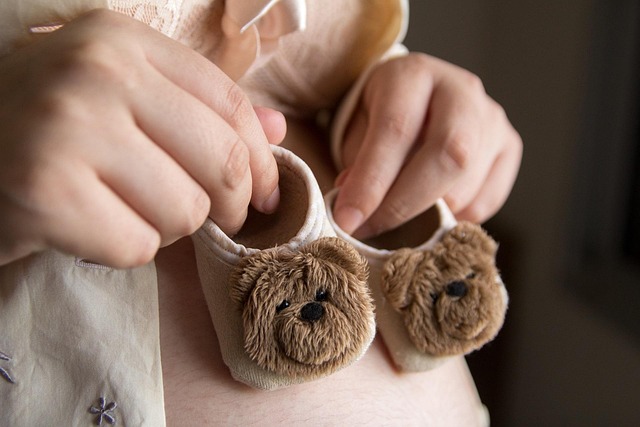Pregnancy can be a time of joy and anticipation, but it can also come with unexpected challenges. One such challenge is a little-known condition called intrahepatic cholestasis, which can lead to intense itching and serious complications.
Take Emily, a mother of two from Minnesota, who shared her experience: “As I entered the third trimester, my hands and feet began to itch uncontrollably—like fire ants were crawling on my skin. Some nights, it felt like I was scratching my skin raw.” Similarly, Sarah, a mom of three from California, recounted, “Around 36 weeks, I had a night where the itching was unbearable. It was as if my whole body was on fire; I couldn’t sleep at all.”
If you’ve never heard of intrahepatic cholestasis, you’re not alone. Many women are unaware of this liver disorder that affects about 1% of pregnant women. According to the National Institutes of Health (NIH), if left untreated, this condition can lead to premature birth or even stillbirth—serious risks that should not be ignored.
What Happens with Intrahepatic Cholestasis?
For reasons that aren’t entirely understood, a pregnant woman’s liver may not function properly, leading to a buildup of bile in the bloodstream. This buildup results in severe itching, particularly on the palms of the hands and soles of the feet, and often intensifies at night. Interestingly, this itching typically occurs without any visible rashes, which can add to the confusion.
Many women report that the discomfort can escalate to the point of affecting their sleep. Jennifer, a mom of two from Texas, initially brushed off her symptoms as a normal part of pregnancy. “I thought it was just another weird pregnancy symptom until I realized it was getting worse.” After researching online, she discovered that her symptoms might indicate cholestasis and insisted on further testing with her doctor.
Once diagnosed, Jennifer felt a sense of relief. She was prescribed medication to manage her symptoms and ensure her baby’s safety. The urgency of monitoring the baby’s health is crucial, as doctors often recommend early delivery to mitigate risks. In Jennifer’s case, she was induced at 37 weeks, a decision made to avoid potential complications.
The Good News
The good news? Once the baby is born, the itching subsides almost immediately, and both mother and child generally fare well. However, the anxiety that accompanies the condition can be overwhelming. It’s important to remember that not every pregnancy symptom is benign. Extra itching can be a sign of something more serious, and trusting your instincts is essential.
If you suspect something is off, don’t hesitate to voice your concerns with your healthcare provider. As Jennifer wisely advises, “never hesitate to advocate for yourself—if it doesn’t feel right, it probably isn’t.”
Raising Awareness
Intrahepatic cholestasis, while rare, is serious enough that awareness of its symptoms is crucial. For more information on pregnancy-related topics, you can visit Modern Family Blog, which provides valuable insights. Additionally, for those exploring home insemination options, check out this artificial insemination kit to stay informed. For further reading, the Healthline website is an excellent resource for pregnancy and home insemination information.
Conclusion
In summary, understanding intrahepatic cholestasis and its implications can empower pregnant women to seek the care they need, ensuring both their health and their baby’s well-being.
